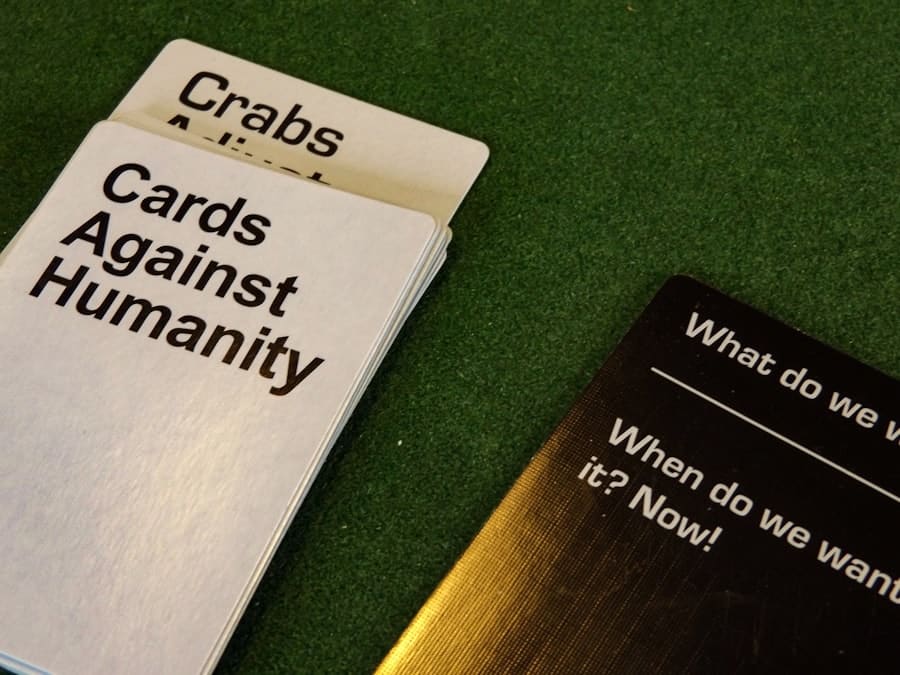Gamification in personal finance apps refers to the integration of game-like elements into financial management tools to enhance user engagement and motivation. This approach leverages the principles of game design, such as point scoring, competition, and achievement badges, to make the often daunting task of managing finances more enjoyable and accessible. By transforming mundane financial tasks into interactive experiences, these apps aim to encourage users to take control of their financial health in a more engaging manner.
The concept of gamification is rooted in behavioral psychology, which suggests that people are more likely to engage with tasks that are presented in a fun and rewarding way. In the context of personal finance, this means that users can track their spending, set savings goals, and manage budgets while simultaneously earning rewards or leveling up within the app. This not only makes the process more enjoyable but also helps users develop a deeper understanding of their financial habits and encourages them to make informed decisions.
Key Takeaways
- Gamification in personal finance apps refers to the use of game design elements to make financial tasks more engaging and enjoyable for users.
- The benefits of gamification in personal finance apps include increased user engagement, improved financial literacy, and motivation to achieve financial goals.
- Gamification encourages better financial habits by using techniques such as progress tracking, goal setting, and providing real-time feedback on financial behaviors.
- Rewards and incentives play a crucial role in gamified personal finance apps by motivating users to take positive financial actions and reinforcing good habits.
- Gamification techniques used in personal finance apps include challenges, levels, badges, leaderboards, and interactive tools to make financial management more interactive and fun.
The Benefits of Gamification in Personal Finance Apps
One of the primary benefits of gamification in personal finance apps is increased user engagement. Traditional financial management tools often suffer from low user retention rates due to their complex interfaces and lack of interactive features. By incorporating gamified elements, these apps can capture users’ attention and keep them coming back.
For instance, users may be more inclined to log in regularly to check their progress towards a savings goal or to compete with friends on spending challenges. Another significant advantage is the enhancement of financial literacy. Gamified apps often provide educational content in a more digestible format, allowing users to learn about budgeting, investing, and saving without feeling overwhelmed.
For example, a user might earn points for completing educational modules or quizzes related to personal finance topics.
How Gamification Encourages Better Financial Habits

Gamification encourages better financial habits by creating a sense of accountability and fostering a proactive approach to money management. When users are rewarded for completing tasks such as tracking expenses or sticking to a budget, they are more likely to develop consistent habits over time. The immediate feedback provided by gamified elements, such as notifications about achievements or progress bars, reinforces positive behavior and motivates users to continue their efforts.
Moreover, gamification can help users set realistic financial goals and break them down into manageable steps. For instance, an app might allow users to set a long-term savings goal for a vacation while providing smaller milestones along the way. As users achieve these milestones, they receive rewards that further incentivize them to stay on track.
This structured approach not only makes financial goals feel more attainable but also instills a sense of accomplishment as users progress through their financial journey.
The Role of Rewards and Incentives in Gamified Personal Finance Apps
Rewards and incentives play a crucial role in the effectiveness of gamified personal finance apps. These elements can take various forms, including points, badges, leaderboards, or even tangible rewards such as discounts or cash back. The psychological principle behind this is rooted in the concept of operant conditioning, where behaviors are reinforced through rewards, leading to increased likelihood of those behaviors being repeated.
For example, an app might offer users points for every dollar saved or for completing specific financial tasks like reviewing monthly expenses. These points can then be redeemed for rewards such as gift cards or premium features within the app. This not only motivates users to engage with the app but also creates a sense of achievement when they reach certain milestones.
Additionally, social features such as leaderboards can foster friendly competition among users, further driving engagement and encouraging them to improve their financial habits.
Gamification Techniques Used in Personal Finance Apps
Various gamification techniques are employed in personal finance apps to enhance user experience and promote better financial management. One common technique is the use of progress tracking, where users can visually see their advancement towards specific goals. This could be represented through graphs or progress bars that fill up as users save money or reduce spending.
Such visual cues provide immediate feedback and can be highly motivating. Another technique is the implementation of challenges or quests that encourage users to complete specific financial tasks within a set timeframe. For instance, an app might challenge users to save a certain amount within a month or reduce discretionary spending by a percentage.
Completing these challenges often comes with rewards, reinforcing positive behavior while adding an element of fun to the process. Additionally, some apps incorporate storytelling elements where users embark on a financial journey, making the experience more immersive and relatable.
Case Studies: Successful Implementation of Gamification in Personal Finance Apps

Several personal finance apps have successfully implemented gamification strategies that have led to increased user engagement and improved financial habits. One notable example is Qapital, which allows users to set savings goals and automate their savings through customizable rules. Users can earn rewards for reaching milestones and participate in challenges that encourage them to save more effectively.
The app’s engaging interface and gamified features have contributed to its popularity among younger audiences looking for innovative ways to manage their finances. Another successful case is Mint, which has integrated gamified elements into its budgeting tools. Mint offers users insights into their spending habits while providing visual representations of their financial goals.
Users can earn badges for achieving specific milestones, such as staying under budget for consecutive months or paying off debt. This approach not only keeps users engaged but also helps them develop a better understanding of their financial situation over time.
Potential Drawbacks of Gamification in Personal Finance Apps
While gamification offers numerous benefits, it is not without its potential drawbacks. One concern is that the focus on rewards may lead some users to prioritize short-term gains over long-term financial health. For instance, if an app incentivizes users primarily for saving small amounts frequently rather than focusing on larger savings goals or investments, it could inadvertently encourage less strategic financial behavior.
Additionally, there is the risk that gamified elements may distract users from the core purpose of managing their finances effectively. If users become overly focused on earning points or badges rather than understanding their spending patterns or making informed decisions, they may miss out on the educational benefits that these apps are designed to provide. Striking a balance between engagement and education is crucial for ensuring that gamified personal finance apps serve their intended purpose.
Tips for Choosing the Right Gamified Personal Finance App
When selecting a gamified personal finance app, it is essential to consider several factors to ensure it aligns with your financial goals and preferences. First and foremost, evaluate the app’s features and how they cater to your specific needs—whether it’s budgeting, saving, or investing. Look for apps that offer customizable options so you can tailor your experience based on your unique financial situation.
Another important aspect is user experience; choose an app with an intuitive interface that makes navigation easy and enjoyable. A well-designed app will enhance your engagement and encourage regular use. Additionally, consider the community aspect—some apps offer social features that allow you to connect with friends or family members for added motivation and accountability.
Lastly, pay attention to reviews and testimonials from other users to gauge the effectiveness of the app’s gamification strategies.
By carefully evaluating these factors, you can select a gamified personal finance app that not only meets your needs but also enhances your overall financial well-being.
Gamification has become a powerful tool in enhancing user engagement and motivation, particularly in personal finance apps. By incorporating game-like elements, these apps can make managing finances more interactive and enjoyable, ultimately leading to better financial habits. A related article that explores the integration of technology in everyday tools is this expert guide on the best laptops for SolidWorks in 2023. Just as gamification enhances user experience in finance apps, choosing the right technology, such as a high-performance laptop, can significantly improve productivity and efficiency in professional tasks like 3D modeling and design.
FAQs
What is gamification in personal finance apps?
Gamification in personal finance apps refers to the use of game design elements and principles in non-game contexts, such as financial management. This can include features like progress tracking, rewards, challenges, and interactive elements to make the experience more engaging and enjoyable for users.
How does gamification improve personal finance apps?
Gamification can improve personal finance apps by increasing user engagement, motivation, and education. By incorporating game-like elements, users are more likely to actively participate in managing their finances, set and achieve financial goals, and develop better money management habits.
What are some examples of gamification in personal finance apps?
Examples of gamification in personal finance apps include progress bars for savings goals, achievement badges for reaching financial milestones, interactive financial challenges, and rewards for completing certain tasks or actions related to money management.
What are the benefits of using gamification in personal finance apps?
The benefits of using gamification in personal finance apps include increased user engagement, motivation to save and budget, improved financial literacy, and a more enjoyable and interactive experience for users. Gamification can also help users stay on track with their financial goals and make better financial decisions.
Are there any potential drawbacks to gamification in personal finance apps?
Some potential drawbacks of gamification in personal finance apps include the risk of users becoming too focused on the game-like elements and losing sight of their actual financial goals. There is also the potential for users to become disengaged if the gamification features are not well-designed or do not align with their financial needs and preferences.

